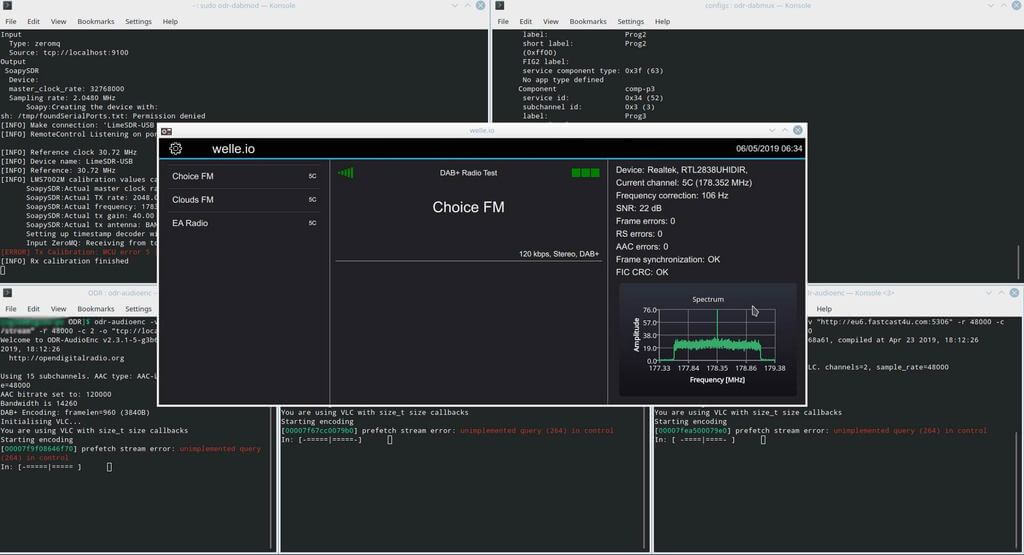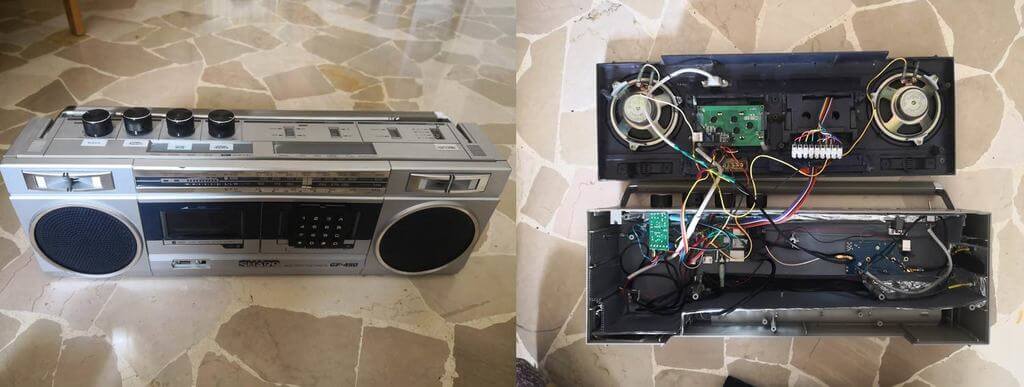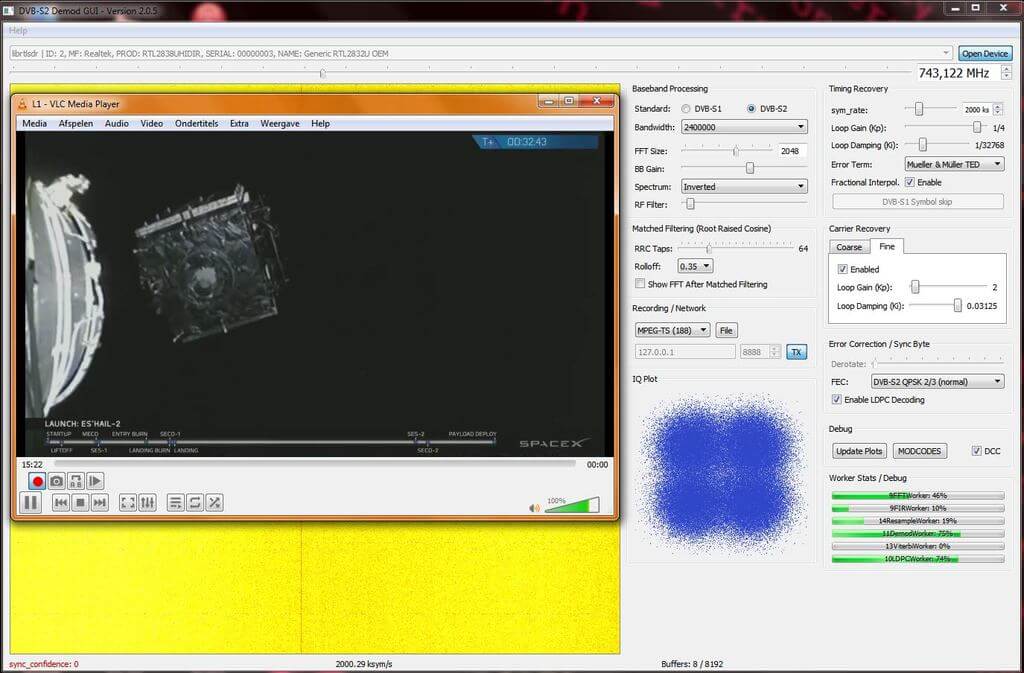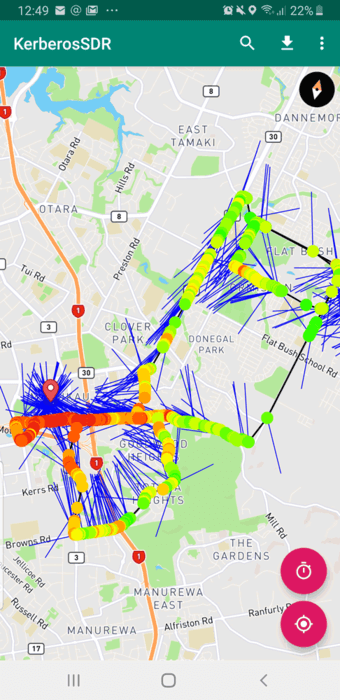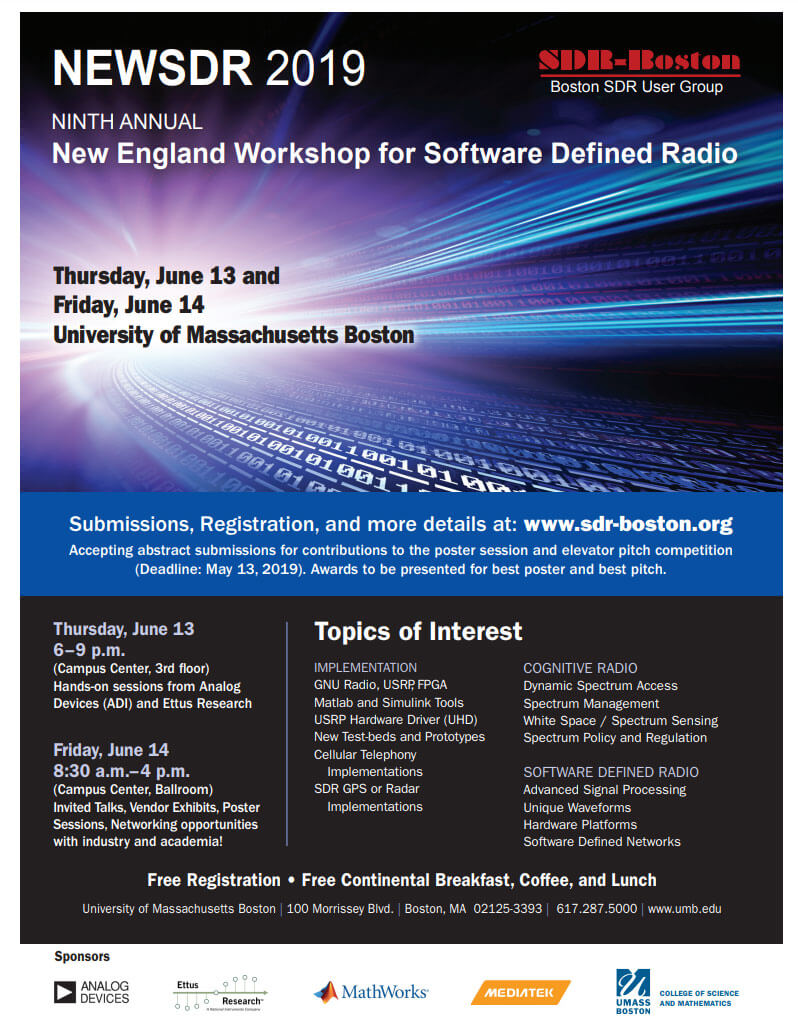Creating a DAB+ Radio Station with a LimeSDR
Thank you to Godrey L for submitting his article/tutorial that shows us how to broadcast a DAB/DAB+ radio station using a LimeSDR and ODR-mmbTools. The LimeSDR Mini is a US$159 12-bit TX/RX capable SDR that can tune between 10 MHz – 3.5 GHz, with a maximum bandwidth of up to 30.72 MHz. ODR-mmbTools is an open source DAB transmission chain which is compatible with USRP and LimeSDR SDRs.
DAB stands for Digital Audio Broadcast and is a digital broadcast radio signal that is available in many countries outside of the USA. The digital signal encodes several radio stations, and it is considered a modern alternative/replacement for standard analog broadcast FM.
The tutorial is split into four parts. The first part simply explains what SDRs are and in particular discusses the LimeSDR and how it can be used with ODR-mmbTools. Part two discusses what hardware you need, and explains what each component of the ODR-mmbTools software does. Part three gets into the actual setup of the software on Linux. Part four finishes with actually transmitting the signal and decoding it with an RTL-SDR and the Welle.io DAB decoder.
The end result is a DAB radio station with three stations being broadcast.
